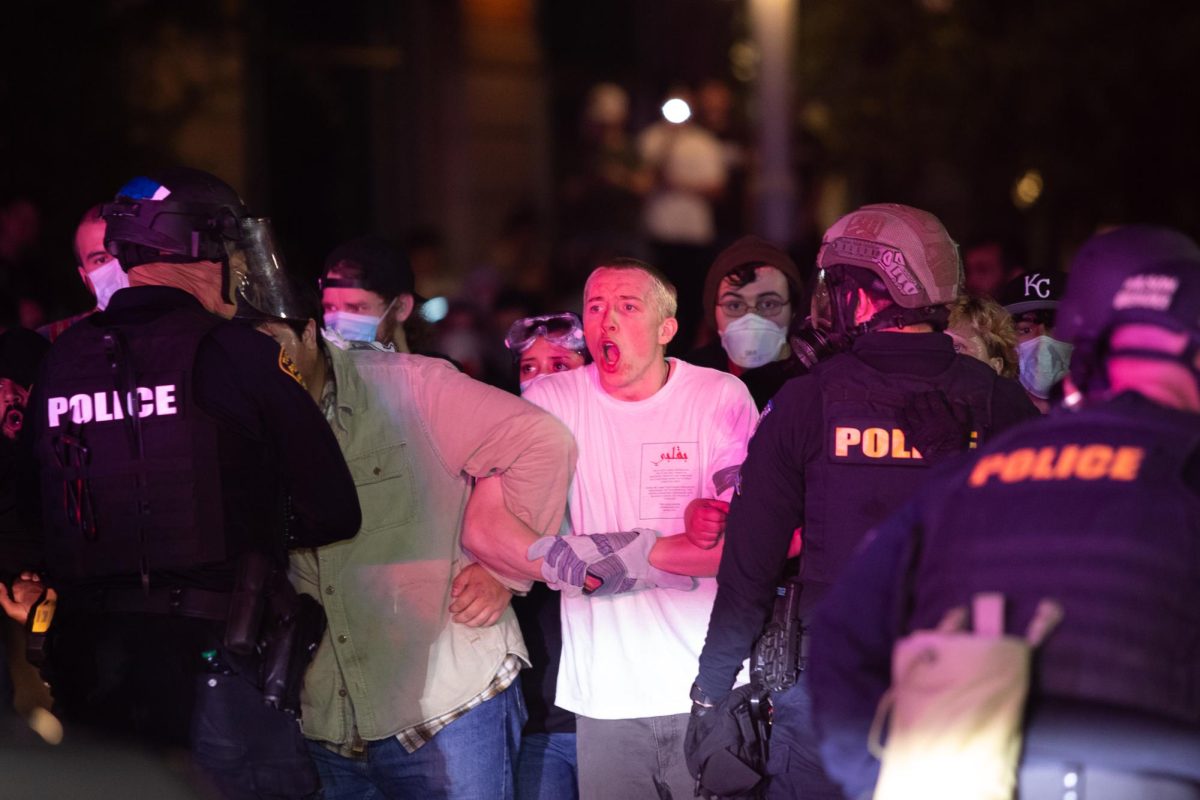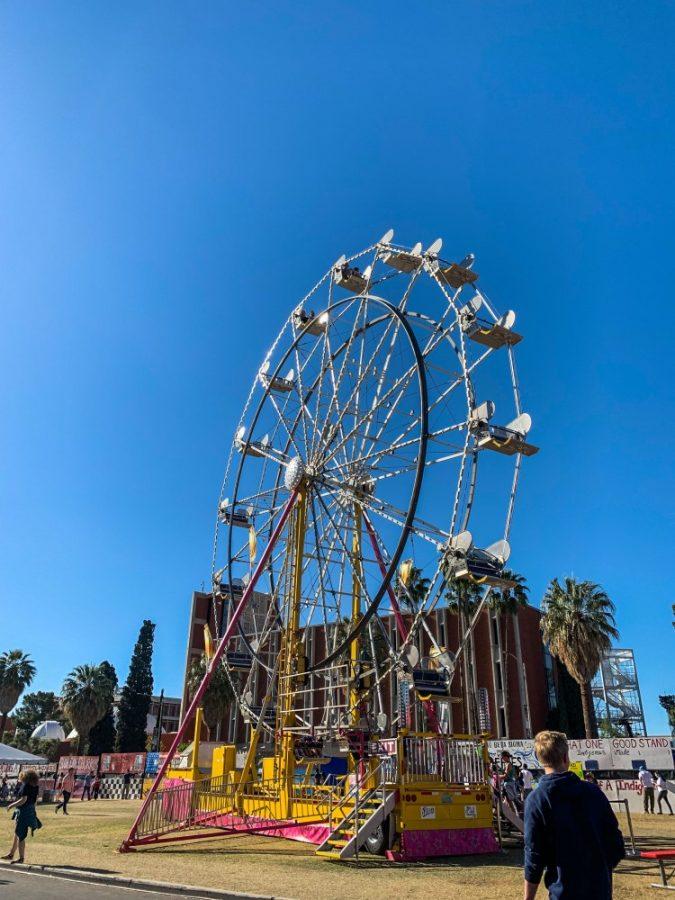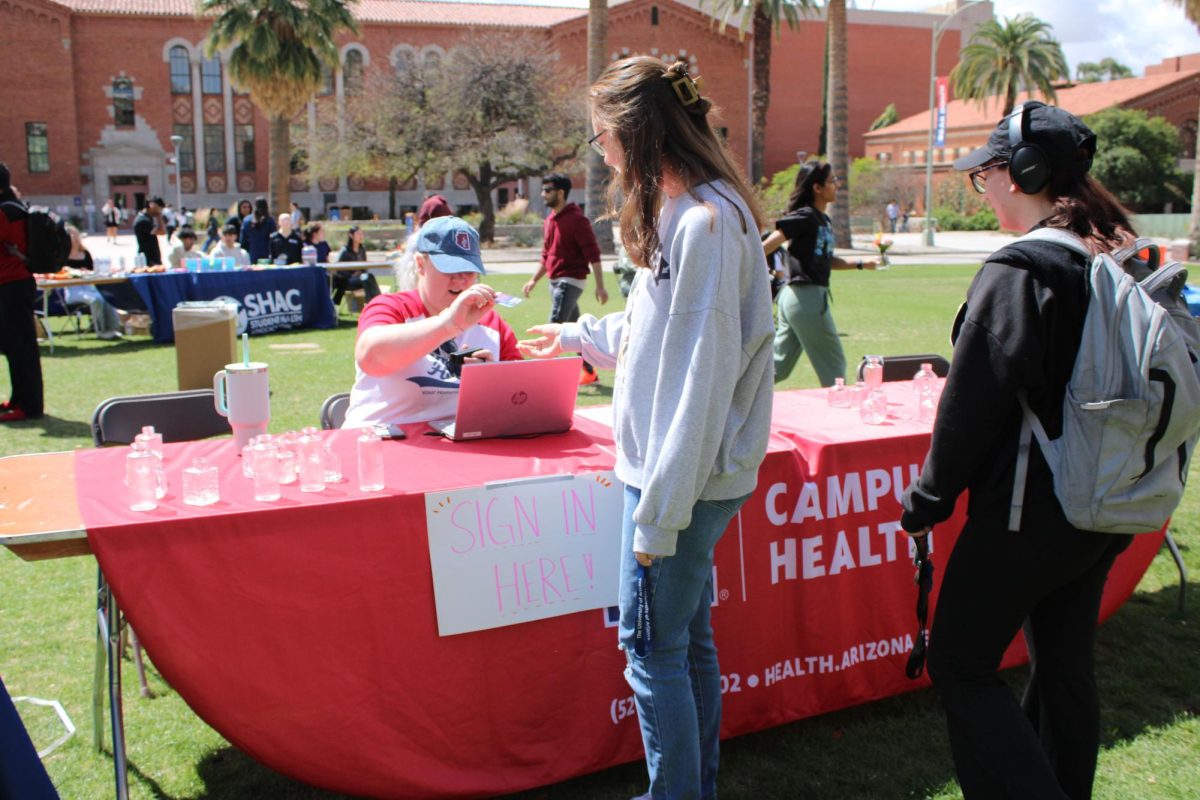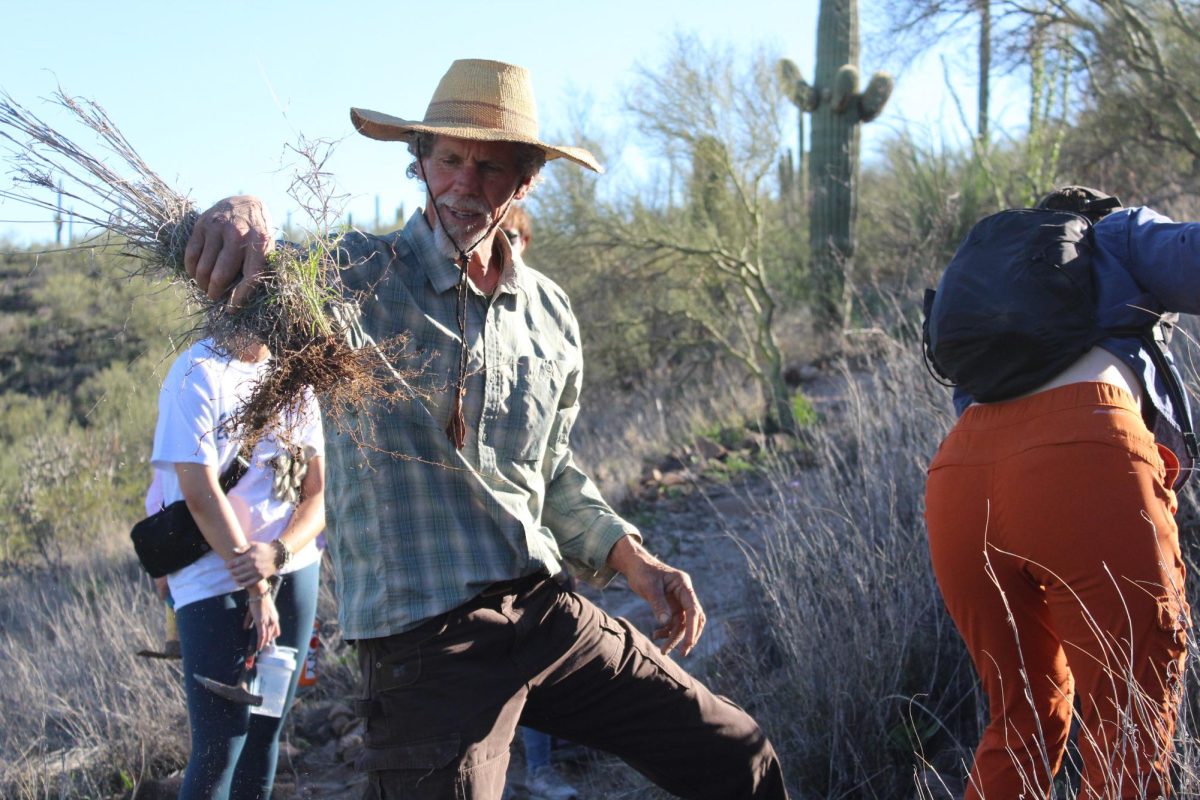Arizona doesn’t have 99 problems like Jay-Z or 21 questions like 50 Cent, but there are five steaming-hot questions the Wildcats will have to answer if they want to cut down the nets in April. Lute Olson, who enters his 24th season as Arizona’s head coach, hopes that he will have more answers than questions at season’s end.
1. Will the Wildcats be a better shooting team?
It may not even be possible to be a worse shooting team than last year’s Arizona club, who could have built the Sears Tower with its collection of bricks and shot more than 50 percent in a game just eight times last year. Two of the main culprits, departed senior guards Chris Rodgers and Hassan Adams, combined to shoot under 30 percent from 3-point range, yet took the second and fourth most attempts, respectively.
The team’s top 3-point shooter, Marcus Williams, is back, but he has loads of help. Freshman Chase Budinger’s sweet release and perfectly rotating jumper may make him the best shooter on the team, and fellow freshman Nic Wise couldn’t miss from the field in the team’s first exhibition game, going 8-for-8 from the field.
In addition, guard Jawann McClellan, whom Olson expected to be the team’s best shooter last season, is looking healthier by the day. And I haven’t even mentioned forward Ivan Radenovic and guard Mustafa Shakur, who at the least have the experience to make clutch shots down the stretch.
2. How much better is the chemistry?
With suspensions galore, asking if this team has better chemistry is like asking if Baywatch was better with Pamela Anderson. The obvious answer is yes, but how much of an effect will that have?
“”It’s 60 to 70 percent better than it was my sophomore year, when we won 30 games,”” Shakur said. “”It’s that much better as far as the chemistry already.””
But with a few bad apples dropped from the tree, only time will tell how solid the chemistry really is. Because the chemistry hype is exaggerated every season, take the team banter with grain of salt.
Aside from walk-on guard David Bagga, the team is made up of players who were the best on their team, their city, and even their state, so time, as in a lack of playing time, will be tough to handle for anyone not receiving it.
Whether those players handle their time on the bench encouragingly or whether their frowns hurt the squad remains to be seen. Asked if it’s a challenge to keep everyone happy, Olson said, “”We’ll see as we go.””
3. What kind of impact will the freshmen make?
If Budinger doesn’t start a majority if not all of the games, I will be shocked. The McDonald’s All-American has the ability not only to play at the college level but to contend for National Freshman of the Year honors.
Witness the forward’s MVP award at the Junior World Championships, his co-MVP at the McDonald’s game or the fact that he was the Athlete of the Year in California, and you will see why Olson called him possibly the most talented freshman to step on campus.
Meanwhile, Wise may be short, but every time he steps on the court, he plays like he has something to prove, and his knack for playing both guard spots will make sure the Houston native sees time on the floor.
Because guard Daniel Dillon has impressed early on, Wise will have to battle the Australian for first-guard-off-the-bench status.
Forward Jordan Hill is a project, but his athleticism is staggering, and in terms of blocking shots and running the floor, he is capable. But he is still a project who needs to be groomed, and it may take some time.
4. How much will the big men contribute?
Arizona hasn’t earned a reputation as being Big Man U quite yet, and that label won’t be added after this year. With the Wildcats likely going small and Radenovic playing out of position at center, the big men will need to be at least serviceable.
Center Kirk Walters has had his bright spots, like the 18-point, eight-rebound performance against Oregon last season, part of a three-game stretch in which he scored in double digits. But battling the aftereffects of a concussion and going more than a month with almost no basketball hurts Walters, who has bulked up considerably since his freshman year and can give the Wildcats stints of ruggedness inside.
Forward Bret Brielmaier brings energy off the bench and can knock down open, mid-range jump shots. Olson can count on Brielmaier, a great team-chemistry guy, to play the Mark Madsen role, prior to him leaving the Lakers.
Forward Mohamed Tangara has battled knee and back injuries, and all Olson wants from him is rebounding and defense. In those areas, Tangara can deliver, but his propensity for picking up fouls in short stretches sometimes prevents him from seeing action.
Forward Fendi Onobun can spell a number of different positions, on the wing or up front, but because he’s a tweener, his playing time may rise and fall drastically based on opposing matchups.
Hill will also be a part of the big-man rotation, Arizona’s most unclear situation.
“”He’s tremendously quick off his feet,”” Olson said. “”He runs the court with ease, and he has great timing on the boards and shot blocking.””
5. Who is the X-factor?
It might as well be called the J-Mac factor.
If you remember from last year, one of the burning questions involved McClellan’s foot injury and the impact that would have. It turned out ineligibility as well as a wrist injury sidelined him for all but two games of the season, and the Wildcats weren’t the same.
This time around, it’s the knee injury that has McClellan on an every-other-day practice schedule á la Luke Walton. McClellan not only provides another scoring option, but his tenacity and toughness on both ends of the floor are contagious.
After all the off-court obstacles he’s gone through, McClellan’s feel-good resurgence can catapult the Wildcats to the Final Four, or another setback could hex Arizona.









